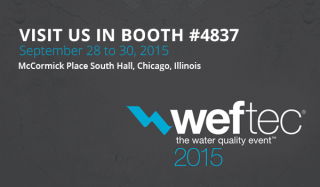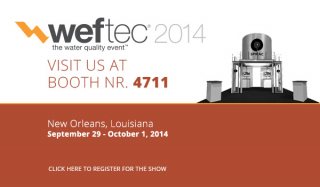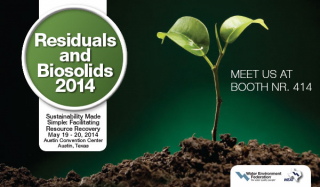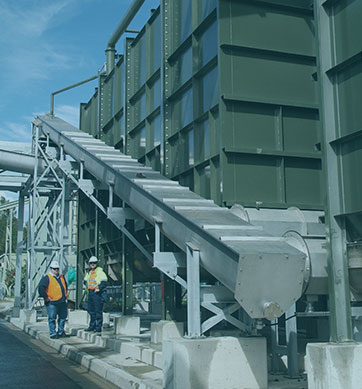- North America News
- Shaftless Spiral Conveyors

All screw conveyors are the same. We beg to differ. Since 1976 SPIRAC has installed thousands of shaftless spiral conveyors globally with more than 1000 kilometers (600 miles) of running conveyors.
Solids handling systems are critical for the process industries. Every day, organisations dealing with an uninterrupted material flow need to ensure no unplanned equipment downtime. Simultaneously, these businesses must effectively contain odour and mess. This is where the unique features of Shaftless Spiral Conveying Systems from SPIRAC can prove especially useful. When designing a new wastewater material handling system, these solutions should rank high in the consideration list.
Understanding the technical and operational differences between shafted and shaftless spiral conveyors is essential. Shaftless spiral conveyors do not have a centre shaft or hanger bearings. Because they don't have a central shaft, they have a larger cross-section. Shaftless Spirals Conveyors can use higher fill rates than shafted spiral conveyors. As shafted screws have low fill rates that require large trough cross sections for equivalent transport capacity, they're not the most cost-effective option. Shaftless spiral conveyors use less than half of the cross-sectional area for equal capacity. A shaftless conveyor can move dense, wet materials better because of the high torque capability and resist blockages or upset conditions.
The higher the fill rate, the more efficiently a shaftless spiral conveyor will transport sludge. Operating sludge conveyors at high fill rates allow sludge to be transported with minimum shearing and kneading, resulting in undisturbed sludge rheology even over long conveyor runs and vertical lifts.
Due to uncertain volumes and conservative tender specifications, oversized sludge conveyor equipment gets specified in tenders and used in WWTP. Sludge conveyors running at a low trough fill rate do not leverage shaftless spiral conveyors' main benefits and increase purchase and running costs. At fill rates higher than 60%, the shaftless spiral conveyor scrapes the sludge, moving the sludge forward in a steady motion. The typical trough fill rates our conveyors are designed for are between 50 and 70%.
Selecting the right spiral type and screw conveyor size is crucial. If you are looking to transport easy-to-transport material horizontal or at a slight incline, we recommend a single-section spiral. This kind of spiral is the lightest spiral type and can be used in applications with short lengths and low torque. The addition of a welded insert increases strength and efficiency by reducing material "fallback". It is commonly used for horizontal conveying and for inclines up to 45 degrees. This spiral is suitable for most applications, including inclined conveying to transport sludges, screenings and grit. Especially sticky material, for example, some lime amended sludges, where a buildup of product under the spiral is a risk, we recommend spirals with inserts and a scraping edge.
The spiral types mentioned above are only the basic types of shaftless spiral conveyors we offer. There is also a wide choice of element cross-sections, spiral pitches, and diameters to optimally match your application's required torque and performance parameters.
Talk to our Engineers about which spiral type and screw size will be right for your application. Much of the information presented above is not specific to SPIRAC but to Shaftless Spiral Conveyors and shafted screw conveyors in general.











